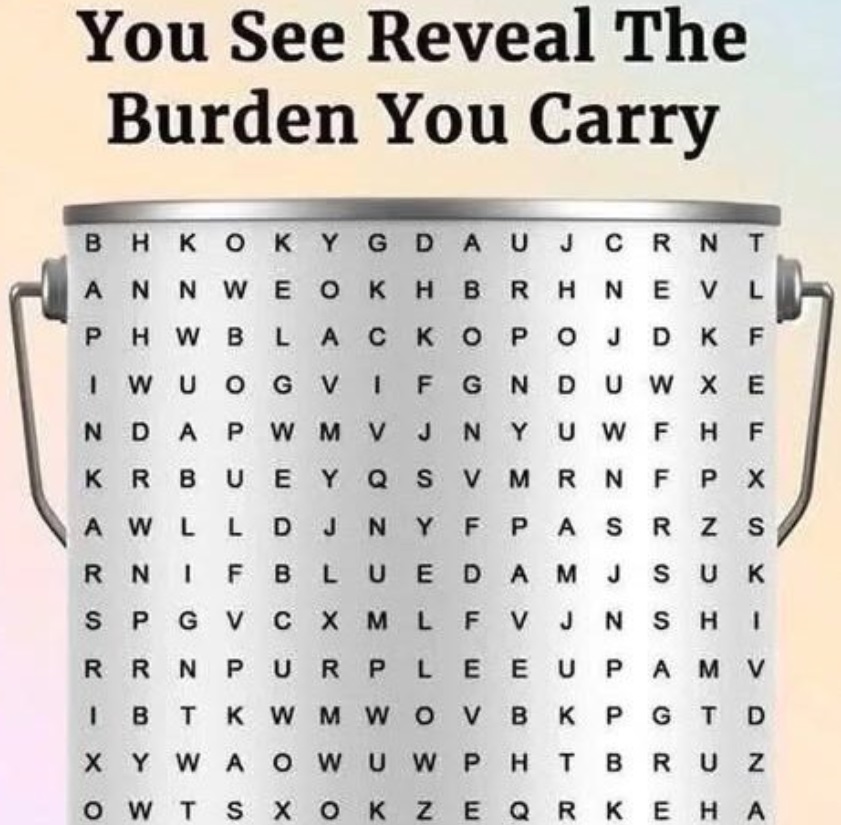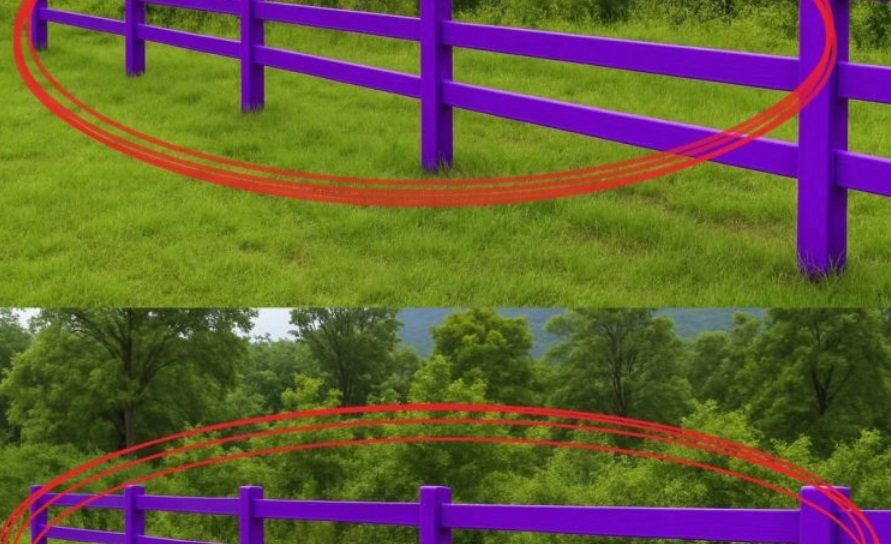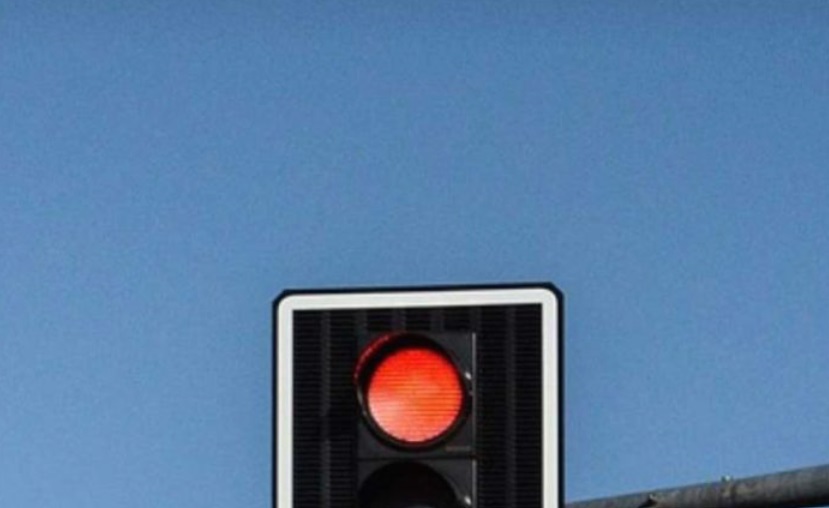The Unspoken Language of Color
Long before we say a word, color begins the conversation. The hues we wear, the tones in our homes, the accents in our brand design — all tell a story. In color psychology, every shade carries meaning, emotion, and energy. Color isn’t just visual; it’s emotional language. It mirrors what we feel, crave, or fear — often before we’re conscious of it.
Many people say, “I like blue,” or “I don’t like yellow,” without realizing those preferences are emotional signatures. Our attraction to certain tones — or our avoidance of others — reveals subtle truths about our current mood, mindset, and personal evolution.
Red: The Pulse of Life and Energy
In color meaning, red represents power, vitality, and passion. It’s the hue of blood, movement, and emotion. When you’re drawn to red, it can indicate a need for energy or visibility — a desire to feel alive, confident, and noticed.
Psychologically, red stimulates the heart rate and raises alertness. That’s why it’s common in marketing and branding when companies want to convey urgency or excitement.
However, red can also reflect tension or emotional restlessness. People often wear red during challenging times, subconsciously calling strength back into their lives. Conversely, avoiding red may suggest discomfort with confrontation or exposure. Red is bold — it demands presence — and not everyone is ready to be seen so clearly.
Blue: The Shade of Calm and Clarity
Blue is serenity made visible. It’s the color of the sky after chaos and the ocean at rest. In emotional color psychology, blue symbolizes stability, truth, and introspection.
When you’re drawn to blue, you may be seeking peace or balance. It helps lower stress, reduce blood pressure, and encourage reflection. That’s why hospitals, meditation studios, and corporate offices often lean into blue tones — they calm the nervous system and encourage trust.
But blue also has duality. While it comforts, it can also create distance. People who surround themselves with blue often crave connection but fear emotional overwhelm. It’s the color of both safe harbors and vast oceans — inviting, yet quietly isolating.
Green: Renewal, Growth, and Emotional Grounding
In color symbolism, green is the bridge between energy and calm — combining the liveliness of yellow with the stability of blue. It represents renewal, growth, and healing.
When you gravitate toward green, you may be searching for balance after stress or transition. Interior designers often use muted greens in recovery spaces and wellness retreats because they foster safety and trust. The human eye finds green restful, making it ideal for home décor, branding, and nature-inspired color palettes.
Avoiding green, on the other hand, may indicate resistance to change or fear of new beginnings. Green invites emotional openness — and rejecting it can symbolize a reluctance to grow or be vulnerable.
Yellow: Joy, Curiosity, and Mental Energy
Yellow is the color of light, laughter, and intellect. In color psychology, yellow stimulates mental clarity, optimism, and communication. It’s often used in marketing to spark creativity and warmth.
When you’re drawn to yellow, you may be craving joy or a sense of renewal. Yet, yellow also carries vulnerability. Because it’s the most visible hue, those who avoid it may fear being judged or misunderstood.
Interior color trends show that small touches of yellow — through accent walls, artwork, or décor — can bring hope during emotionally heavy times. Too much yellow can feel overstimulating, but in balance, it’s a visual antidepressant for the soul.
Purple: Depth, Transformation, and Spiritual Awareness
Purple sits at the intersection of red’s passion and blue’s calm. It’s associated with mystery, imagination, and higher consciousness. Historically, it symbolized royalty and wisdom — today, it embodies introspection and creative transformation.
People drawn to purple are often navigating emotional or spiritual growth. It signals readiness for change and openness to deeper truths. In brand color psychology, purple represents luxury, creativity, and vision — making it a favorite for wellness, beauty, and innovation industries.
Avoiding purple may suggest a discomfort with ambiguity or emotional depth. Purple doesn’t offer easy answers — it invites introspection instead.
Black, White, and Gray: The Quiet Spectrum of Emotion
Neutrals carry emotional weight too. In emotional color meaning, black, white, and gray are not voids — they’re quiet reflections of our inner state.
Black: More than mourning, black represents strength, control, and protection. People drawn to black often seek boundaries or inner focus. That’s why black dominates fashion — it conveys authority and mystery.
White: The color of clarity and new beginnings. In many cultures, white is both purity and transition — symbolizing a clean slate. It’s commonly used in minimalist design and wellness branding for its calming effect.
Gray: The space between. Gray embodies neutrality, reflection, and rest. It’s often chosen during periods of emotional fatigue or decision-making. However, prolonged attraction to gray can signal a desire for emotional detachment.
The Science of Color and Emotion
Our reactions to color aren’t random — they’re biological and psychological. Studies in color psychology show that red raises energy levels, blue reduces anxiety, and yellow enhances concentration. These physiological effects are universal, but their interpretations are shaped by culture and experience.
Cultural symbolism adds depth. In Western contexts, white often means purity, while in parts of Asia, it represents mourning. Red can symbolize love, danger, or celebration. Color meanings shift across geography, but one truth remains: color bypasses logic and touches emotion first.
Everyday Color Choices and What They Reveal
Your daily color preferences tell a story. The green mug you reach for in the morning, the black outfit that feels protective, or the orange throw pillow that comforts you through change — none of these are random.
After heartbreak, people often lean toward darker tones, mirroring introspection. During new beginnings, lighter hues reappear — signaling emotional renewal. Interior color trends reflect this, as neutral palettes dominate during uncertain times, and bold, expressive colors rise during collective optimism.
Even avoidance speaks volumes. Rejecting red may suggest fear of assertiveness; steering away from white may reflect discomfort with letting go. Color speaks when words fall short.
How to Listen to Color in Your Life and Design
Next time a color draws you in — or pushes you away — pause. Ask: What is this color saying to me?
Understanding how color affects mood can improve your emotional well-being, interior design choices, and even branding decisions. Color isn’t merely aesthetic — it’s emotional communication in visual form.
The walls you paint, the clothes you wear, and the palettes you choose all whisper truths about who you are and what you need. Whether designing a room, building a brand, or choosing your outfit, tune in to the psychology of color — because before you speak, color already has.




